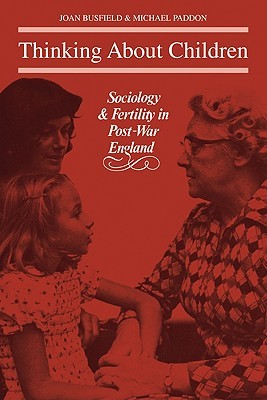
- We will send in 10–14 business days.
- Author: Joan Busfield
- Publisher: Cambridge University Press
- ISBN-10: 0521134471
- ISBN-13: 9780521134477
- Format: 15.2 x 22.9 x 1.9 cm, softcover
- Language: English
- SAVE -10% with code: EXTRA
Reviews
Description
The dynamics of population change in general and changes in family size and spacing in particular are long-standing issues of intense controversy and concern. So too, are the methods of explanation employed by social scientists in studying these and other social phenomena. Originally published in 1977, this book offered an account of a research programme designed to explain the changes in fertility in post-war England, and it offered a contribution to both debates. First, the authors provide an account of the factors that influenced family size and spacing in the post-war period, rejecting both classical population theory on the Malthusian model and more recent economic theories of fertility. Second, the authors discuss the weaknesses of the survey techniques and the associated methods of inference that formed the basis of their research design, as methods for producing explanations of social phenomena.
EXTRA 10 % discount with code: EXTRA
The promotion ends in 16d.05:25:15
The discount code is valid when purchasing from 10 €. Discounts do not stack.
- Author: Joan Busfield
- Publisher: Cambridge University Press
- ISBN-10: 0521134471
- ISBN-13: 9780521134477
- Format: 15.2 x 22.9 x 1.9 cm, softcover
- Language: English English
The dynamics of population change in general and changes in family size and spacing in particular are long-standing issues of intense controversy and concern. So too, are the methods of explanation employed by social scientists in studying these and other social phenomena. Originally published in 1977, this book offered an account of a research programme designed to explain the changes in fertility in post-war England, and it offered a contribution to both debates. First, the authors provide an account of the factors that influenced family size and spacing in the post-war period, rejecting both classical population theory on the Malthusian model and more recent economic theories of fertility. Second, the authors discuss the weaknesses of the survey techniques and the associated methods of inference that formed the basis of their research design, as methods for producing explanations of social phenomena.


Reviews